How to clean car windows without streaks
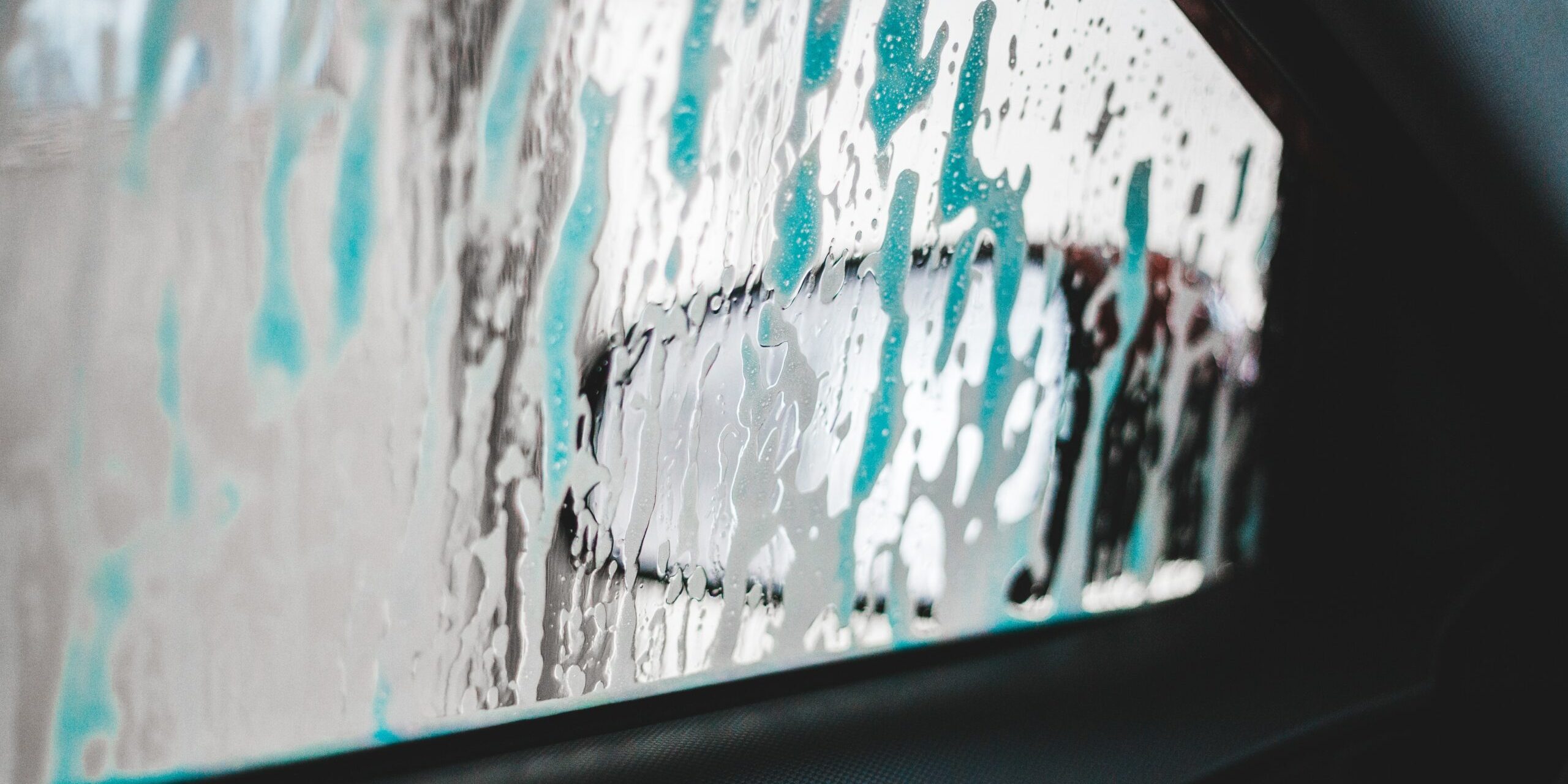
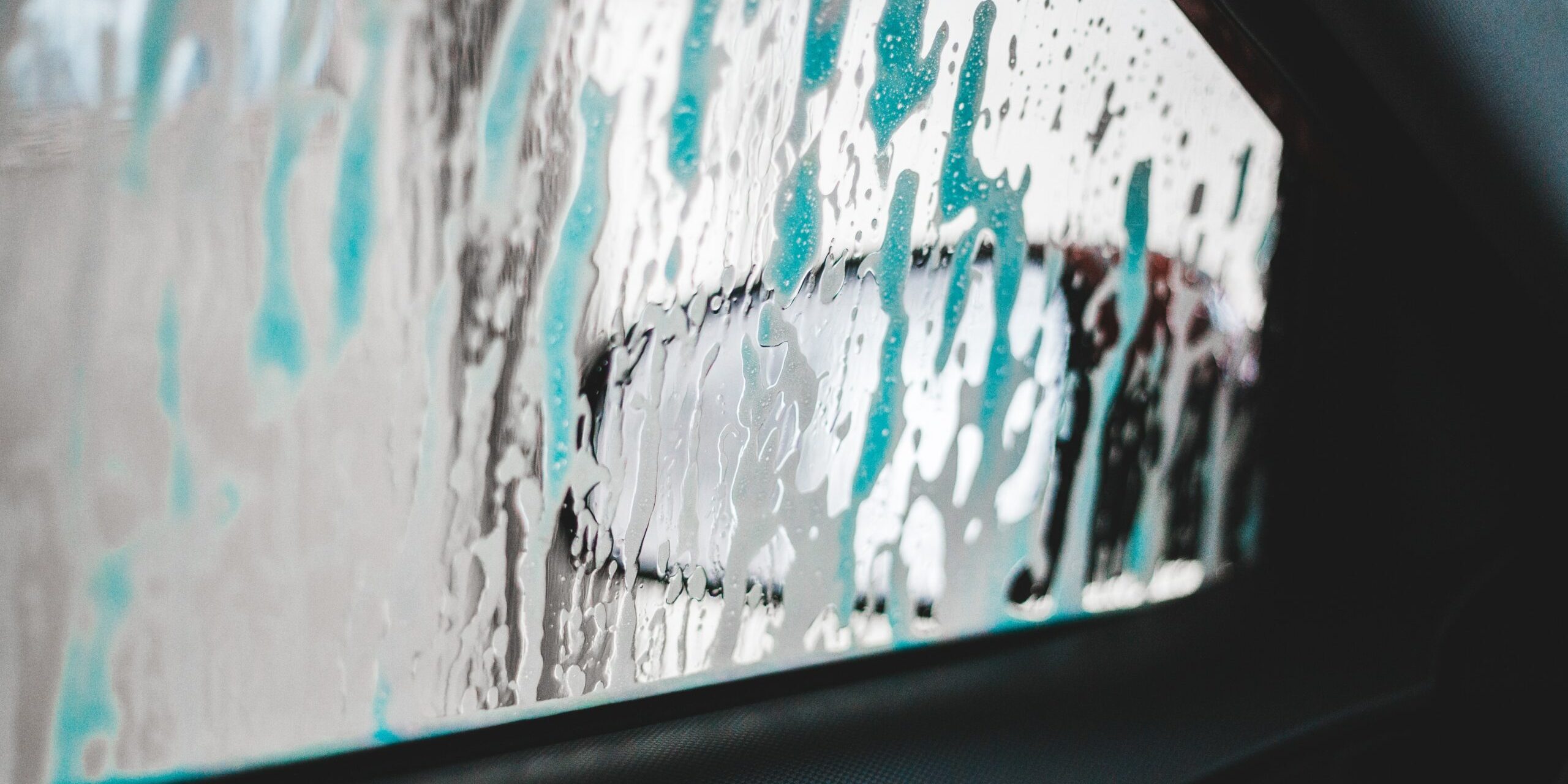
To clean car windows without streaks you will need more than just an old cloth and some soapy water. The steps below will ensure that you have everything you need and are working in optimal conditions to obtain the best results.
Gathering necessary supplies
If you’re getting started on cleaning your car windows, there are a few supplies you’ll need to gather beforehand. Here’s what you should have at the ready:
- Glass cleaner: choose a cleaner designed specifically for auto glass, which will be streak-free and won’t damage any protective coatings.
- Microfiber towels: these ultra-absorbent cloths are gentle enough to use on glass, and won’t leave lint or other residue behind.
- Squeegee: this handy tool can help you remove excess water and cleaner from your windows, leaving them dry and sparkling.
- Bucket of water: you’ll need some clean water to rinse your windows after cleaning them.
- Scrubber brush (optional): for areas that are especially dirty or greasy, a soft-bristled brush can help loosen grime before you wipe it away with a cloth.
- Protective gloves (optional): if you have sensitive skin or want to avoid getting cleaning solution on your hands, wear gloves while cleaning.
It may also be helpful to work in a shady area or when the weather is not too hot, since direct sunlight can cause the cleaner to evaporate too quickly and leave streaks behind.
Make sure to gather all these supplies before beginning so that you don’t have to pause halfway through the process! Your clean windows will thank you.
Don’t miss out on having sparkling clean car windows by forgetting any of these necessary supplies. Be prepared with everything you need before starting the job so that you can tackle the task efficiently and effectively.
Choosing the right time and location
Timing and Location for Spotless Car Windows
For streak-free car windows, timing and location are critical factors. Improper timing or inadequate lighting may lead to cleaning errors. Set yourself up for success by considering the following steps:
- Park in a shaded area: Avoid parking in direct sunlight as it can cause cleaning solution to dry too quickly.
- Wait until the morning: It’s best to wait until the early morning when dew is present on windows. The moisture helps lift dirt, making cleaning more manageable.
- Clean when temperatures are mild: Cleaning windows during extremely high or low temperatures can lead to streaks, creating even more work.
- Choose an open location: Find an open spot that suppresses dust from flying into your freshly cleaned window pane.
- Safety first: Lastly, perform this task only in a safe environment with sturdy footing.
Furthermore, avoiding extreme weather conditions will ease the cleaning process and produce better results.
Don’t risk distracted driving due to dirty car windows; use these tips before you miss out on the opportunity of having a clear view of your surroundings.
Cleaning car windows without streaks
To clean your car windows without streaks, you need to follow some simple steps. Start with the interior windows and move on to the exterior windows. Use the proper cleaning solution and technique for optimal results. Wiping with a microfiber cloth will also help prevent streaks. Repeat this process until your windows are sparkling clean.
Start with the interior windows
To achieve a streak-free finish on your car windows, it’s best to start with the interior windows. A clean and clear interior will help you assess the areas outside without any distractions.
Follow these four steps to get started:
- Prepare your tools: Gather a microfiber cloth, ammonia-based cleaner or vinegar solution, and some paper towels.
- Clean the dashboard: Dust off the dashboard and any other surfaces inside your vehicle. Use a paper towel lightly dampened with cleaner to remove any marks or spots.
- Clean the windows: Use the microfiber cloth and cleaner to wipe down each window carefully. Focus on one section at a time for better control. Follow up with a dry cloth or paper towel for an extra shine.
- Freshen up the seats: Sprinkle baking soda on cloth seats and carpets, if applicable, to remove odor-causing bacteria. Vacuum everything off leaving your car smelling fresh!
To avoid glass damage or scratches through sun exposure, park your car in shaded areas usually.
To ensure best results, make sure you use high-quality products like microfiber cloths and ammonia-free cleaners.
Pro Tip: For hard-to-reach corners or edges of the window, consider using a toothbrush dipped in cleaning solution as it is a small but effective trick!
Use the proper cleaning solution and technique
Appropriate Methods and Cleansers for Streak-free Windshields
Cleaning your car’s windows can be challenging, especially if you are prone to leaving streaks. Achieving a cleaning technique that ensures crystal-clear, spotless windshields requires using the correct solution and technique. Here, we will provide you with tips on how to accomplish this effectively.
Here is a three-step guideline on how to use the appropriate cleaning solution and technique for your car’s window:
- Begin by selecting a high-quality cleaner that does not contain ammonia, as it may result in streaks. Instead, choose mild detergents or a vinegar-water mixture.
- To avoid grime build-up, dampen your microfiber cloth or chamois before wiping down the windshield. Start with a back-and-forth motion before moving towards circular strokes for better results.
- Finish by drying the windows using a clean and dry microfiber towel, which provides non-abrasive fibers that absorb moisture efficiently without leaving streaks.
It should be noted that using newspapers or old towels can leave unwanted residues or scratches on your vehicle’s glass surface. Also, when cleaning windows, ensure you mask off any cracked areas around edges to prevent moisture from damaging internal mechanisms.
Studies have shown that car detailing jobs such as window-cleaning help maintain mental health. So embrace proper cleansing techniques when polishing up those windows!
Wipe with a microfiber cloth
Wiping the car windows with a microfiber cloth is an effective way to ensure that no streaks or smudges are left behind. Here’s how:
- Begin by spraying a small amount of glass cleaner on the window surface.
- Take a clean microfiber cloth and fold it into quarters.
- Gently wipe the surface in a circular motion, ensuring that all areas are covered.
- Flip the microfiber cloth to a dry side and wipe off any excess cleaner and moisture to prevent streaks.
Using a microfiber cloth prevents any lint residue or scratches on the glass surface, ensuring crystal-clear visibility. Additionally, avoid wiping during extreme temperatures or humid conditions as they might cause streaks.
Get ready to show off your streak-free shine to the world with the ultimate car window cleaning routine for both interior and exterior windows.
Repeat process for exterior windows
For the exterior windows, follow the same process as mentioned for interior windows. With small modifications, you can achieve streak-free exterior windows effortlessly.
- Apply cleaning solution – Start by applying a cleaning solution to your exterior windows.
- Use squeegee – Take a squeegee and wipe from top to bottom making sure that all the dirt and grime is removed.
- Wipe excess water – After using the squeegee, immediately wipe off any excess water with a microfiber cloth to avoid streaks.
- Use a detailing towel – If there are any leftover marks or spots, use a detailing towel or newspaper to remove them.
- Check for missed areas – Finally, check if any areas were missed, and repeat the process if necessary.
For best results, clean your car windows on an overcast day as direct sunlight can potentially lead to drying of cleaning solution before complete wiping leading to streaks.
Pro Tip: It is always recommended to clean exterior windows before washing the car body so that any splashes or drips of water do not dirty already cleaned exteriors causing further cleaning efforts.
Tips for avoiding streaks
To avoid streaks on your car windows when cleaning them, you must use the right techniques. In order to achieve this, the section “Tips for avoiding streaks” with sub-sections “Avoid direct sunlight, Use a squeegee, Buff with a dry cloth” offers the solution. By following these sub-sections, you can learn the best practices for cleaning your car windows without leaving any unsightly streaks.
Avoid direct sunlight
To prevent streaks, it’s essential to avoid harsh rays of the sun. Direct sunlight can cause the cleaning solution on glass surfaces to evaporate too quickly, leading to unsightly streaks. Instead, opt for a cloudy day or clean windows early in the morning or late in the afternoon when the sun isn’t as strong.
Furthermore, if direct sunlight is inevitable during cleaning, use curtains or blinds to create shade on the area being cleaned. This way, you can control the amount of sunlight hitting the glass and reduce evaporation.
When cleaning areas that receive direct sunlight consistently, consider using a professional-grade window cleaner specifically designed for outdoor use. These products usually contain special additives that increase evaporation time and improve overall performance in sunny conditions.
To summarize, avoiding direct sunlight is crucial in achieving a streak-free surface during window cleaning. Stick to overcast days or early mornings and late afternoons when possible. Use curtains or blinds to control sunlight when necessary and switch to a specialized outdoor cleaning product for consistent sunny exposure.
Use a squeegee
A Proper Technique to Prevent Streaks
To ensure streak-free surfaces, implementing the proper technique with a squeegee can make all the difference.
Here is a 3-step guide to using a squeegee:
- Wet your squeegee before use.
- Beginning at the top of the surface, work downwards in an ‘S’ pattern.
- Dry your squeegee after each stroke with a clean cloth.
Moreover, it is vital to note that using too much pressure or incorrect angling of the squeegee may cause streaking.
Don’t miss out on having crystal-clear surfaces. Incorporate this technique with a squeegee to prevent unsightly streaks and enjoy transparent windows and mirrors!
Buff with a dry cloth
To achieve a smooth streak-free finish, use a lint-free cloth and rub gently in circular motions until the surface is dry. Avoid using too much pressure as this can leave marks.
Here are three steps to follow when buffing with a dry cloth:
- Choose a clean dry cloth that is appropriate for the surface you are working on.
- Ensure the surface is free from any moisture or debris before starting the buffing process.
- Use gentle circular motions to slowly work your way over the entire surface until it is completely dry and streak-free.
Remember that different surfaces may require different techniques, so be sure to read the manufacturer’s instructions for specific cleaning recommendations.
Pro Tip: To ensure an extra smooth finish, try using a microfiber cloth instead of a regular cloth. Microfiber towels have been specifically designed to capture dirt and dust particles without leaving behind any streaks or scratches.
Techniques for stubborn streaks
To handle stubborn streaks on your car windows while cleaning, use the techniques presented in this section, “Techniques for stubborn streaks”. The sub-sections, “Vinegar and newspaper method”, “Ammonia and water solution”, and “Use a glass polish” can offer solutions to your problem.
Vinegar and newspaper method
Using acidic agents, it is possible to remove stubborn streaks. In this method, vinegar and newspapers are used to clean non-porous surfaces effectively.
- First, mix equal parts vinegar (white distilled) and water in a spray bottle.
- Spray the solution onto the surface that needs cleaning and let it sit for 5-10 minutes, depending on the severity of the stains.
- Using crumpled up newspaper, wipe away the solution in circular motions until the streaks disappear.
Interestingly enough, newspapers have fewer particles than paper towels or cloths, so they leave less debris behind after cleaning.
To take note of when using this method is to ensure that none of the acidic solutions come into contact with porous surfaces to avoid running incorrect chemical reactions.
Ammonia and water solution
A powerful solution comprising of ammonia and water can be an effective technique to tackle stubborn streaks. The combination works through its high pH levels and chemical properties that break down grime and residue.
| Solution Components | Measurements |
|---|---|
| Ammonia | 1 tbsp |
| Water | 1 cup |
Using this solution, dampen a clean cloth and wipe the surface gently. Do not use this technique on delicate or porous surfaces such as marble or wood.
It is important to note that this technique should be used with caution in well-ventilated areas due to the strong fumes it releases.
For an alternative method, refer back to the previous sections for additional techniques on how to remove stubborn streaks effectively.
In a similar tone, a friend of mine recently struggled with stubborn streaks on her bathroom mirror until she discovered the ammonia and water solution. It worked wonders for her, leaving her mirror spotless!
Use a glass polish
When dealing with stubborn streaks on your glass surfaces, an effective solution can be to utilize a specialized product known as a glass polish. This powerful formula is designed to break down and remove any tough residues or stains that are impervious to regular cleaning methods.
To effectively use a glass polish, follow these four simple steps:
- Thoroughly clean the surface with a gentle cleaner and dry it completely.
- Apply a small amount of the polish onto a clean microfiber cloth.
- Gently rub the cloth onto the affected area, using circular motions for optimal results.
- For best results, buff the surface with a dry microfiber cloth until it shines.
It is important to note that while this method can be highly effective for combatting stubborn streaks, it is best to avoid overusing glass polish due to potential damage from its abrasive properties.
When dealing with particularly difficult spots, unique details that have not been covered in the aforementioned four steps may need to be taken into account. For example, adjusting the amount or intensity of pressure applied when rubbing in order to avoid scratching or otherwise damaging the surface.
Interestingly, prior to modern-day specialty products like glass polishes, people would use vinegar mixed with water as an all-natural solution for removing tough streaks on their windows and mirrors. While effective in some instances, this old-fashioned method generally required more time and elbow grease than its modern alternatives.
Maintaining streak-free windows
To achieve streak-free windows while cleaning your car, you need to maintain a cleaning schedule and use rain repellant products on your windows. However, you should also be mindful of any tint film or stickers on your windows before cleaning them. In the following sub-sections, we will discuss each of these solutions in detail.
Regular cleaning schedule
To maintain crystal-clear windows, one needs to establish a consistent cleaning routine. The importance of keeping a ‘gleam schedule’ cannot be overlooked for maintaining streak-free shine on your windows.
- Create a weekly or monthly cleaning plan depending on how much dirt accumulates on your panes. To ensure that the grime does not become too extensive, it’s best to mark cleaning dates to prevent an excessive buildup.
- Use proper cleaning equipment like microfiber cloths and squeegees for optimal results. Make sure to clean the window frames and edges well before wiping them down with a cloth.
- Adjust your cleaning strategy according to the weather conditions. For instance, during rainy seasons or high humidity, more frequent washing may be required.
Additionally, when using water and detergents, make sure they are mixed correctly for effective cleaning while also considering any eco-friendly alternatives.
Keeping up with a proper ‘window maintenance schedule’ can go a long way in protecting your investment. Prevent any window damage by adhering to these basic rules of cleanliness consistently.
A colleague once shared his experience of frantically cleaning his office windows before an important meeting only to find random streaks obstructing his view from behind. This highlighted the need for regular ‘glass cleaning routines’ and its value in preventing such last-minute office emergencies.
Coating with rain repellant products
When it comes to the upkeep of windows, one efficient and practical option is applying a coating that repels rain. This improves visibility, protects against water damage and ensures streak-free surfaces.
To coat windows with a rain repellant product, follow these six simple steps:
- Clean your windows thoroughly, ensuring no dirt or residue remains.
- Choose a quality rain repellent product and apply according to the manufacturer’s instructions.
- Allow sufficient time for the product to dry before wiping off any excess.
- If needed, reapply as directed by the manufacturer.
- Note that some products require curing time, so avoid incurring damage during this period.
- Maintain upkeep through regular cleaning and checking efficacy of the coating before rainy seasons.
For best results, choose a rain repellant product that suits your specific circumstances – taking into account frequency of rainfall and area variables. Opt for reputable brands with features such as long-lasting performance and scratch resistance.
It is essential to note that not all products may be suitable for certain types of windows – therefore it’s important to read labels carefully.
Did you know that silicone-based rain coatings were first introduced in 1972 by the General Electric company under the name “Rain-X”?
Check for tint film or stickers before cleaning.
Before you begin cleaning, ensure there is no tint film or stickers on your windows to avoid potential damage. Here are some tips to help you identify and handle such elements:
- Check for any tint film or stickers on both sides of the window.
- If you find them, use a plastic scraper or credit card to carefully remove them.
- Avoid using sharp tools as they may scratch the glass surface.
- Use a gentle cleaner to remove the adhesive residue left behind.
- Afterward, clean the window normally with glass cleaner and paper towels to prevent streaks.
It’s important to note that many newer vehicles come with factory-installed tint films, so be sure to check your car manual before doing any cleaning.
When cleaning windows with tint film or stickers, it is essential to be cautious and pay attention to detail. Neglecting these steps could cause permanent damage.




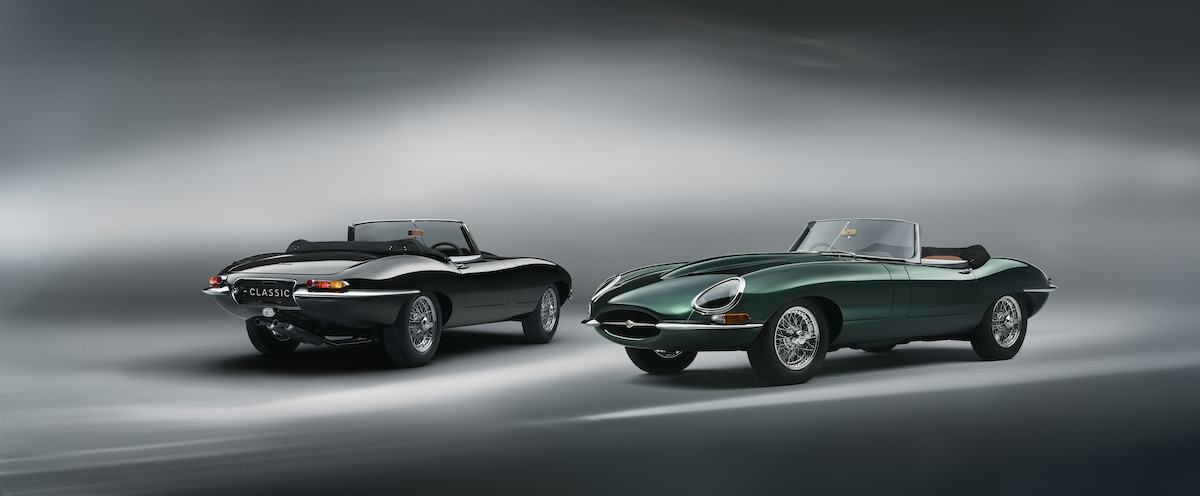


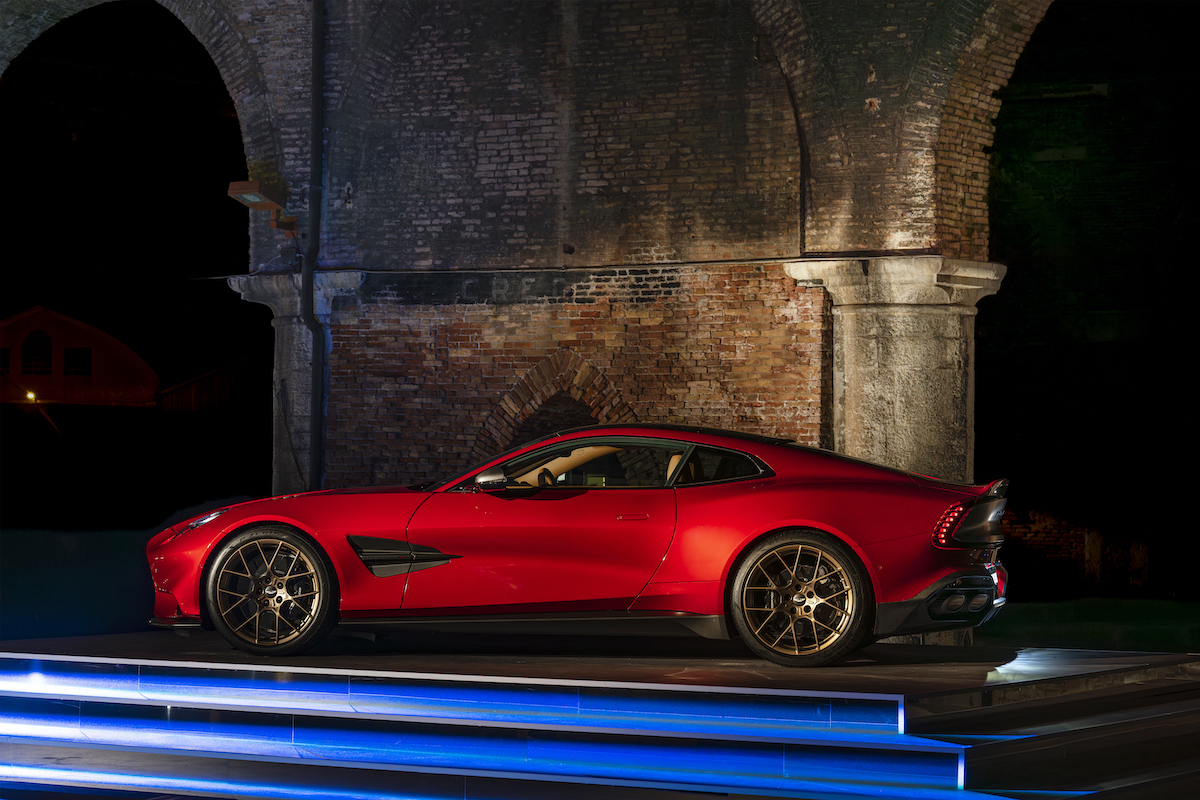
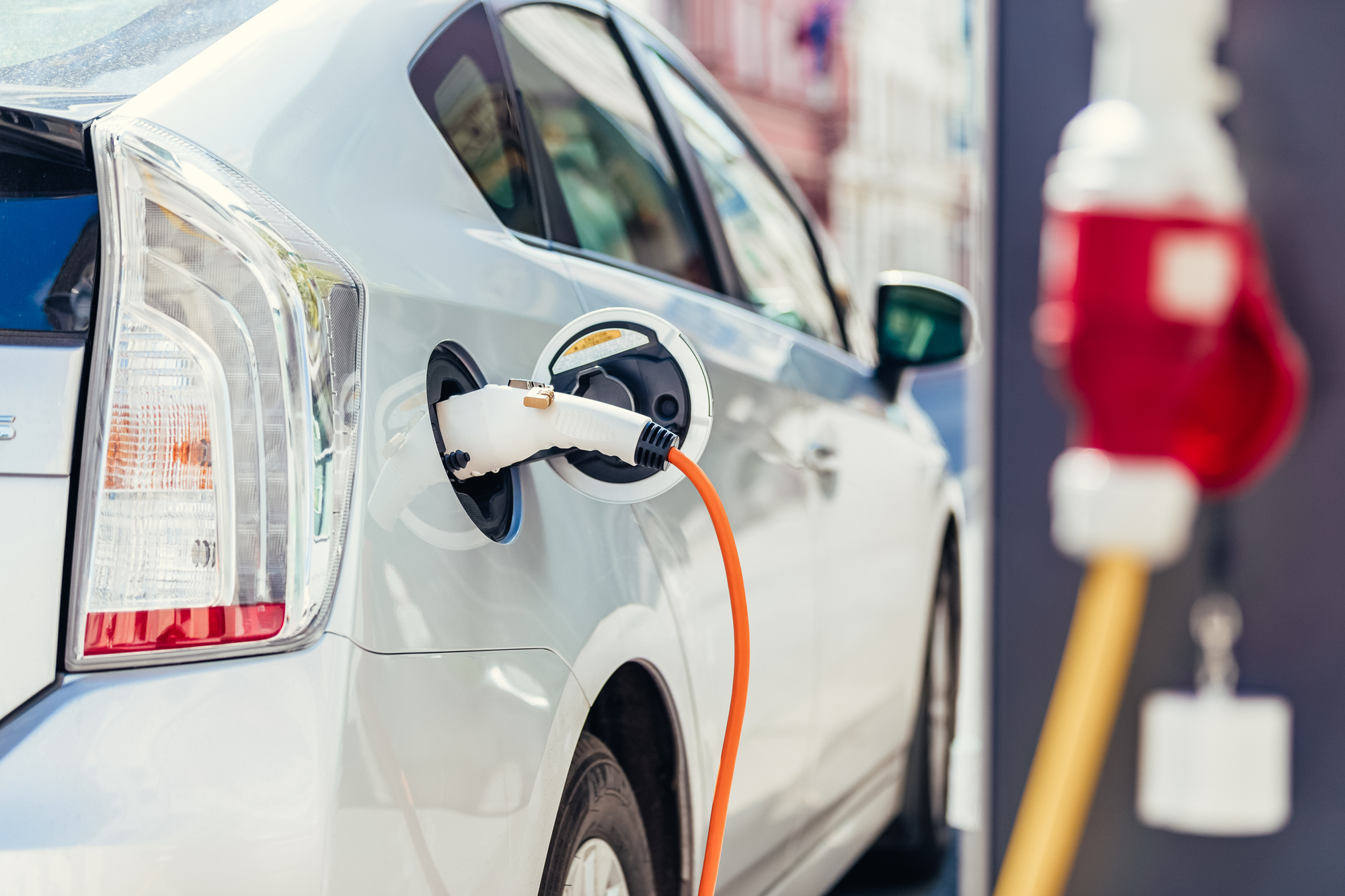

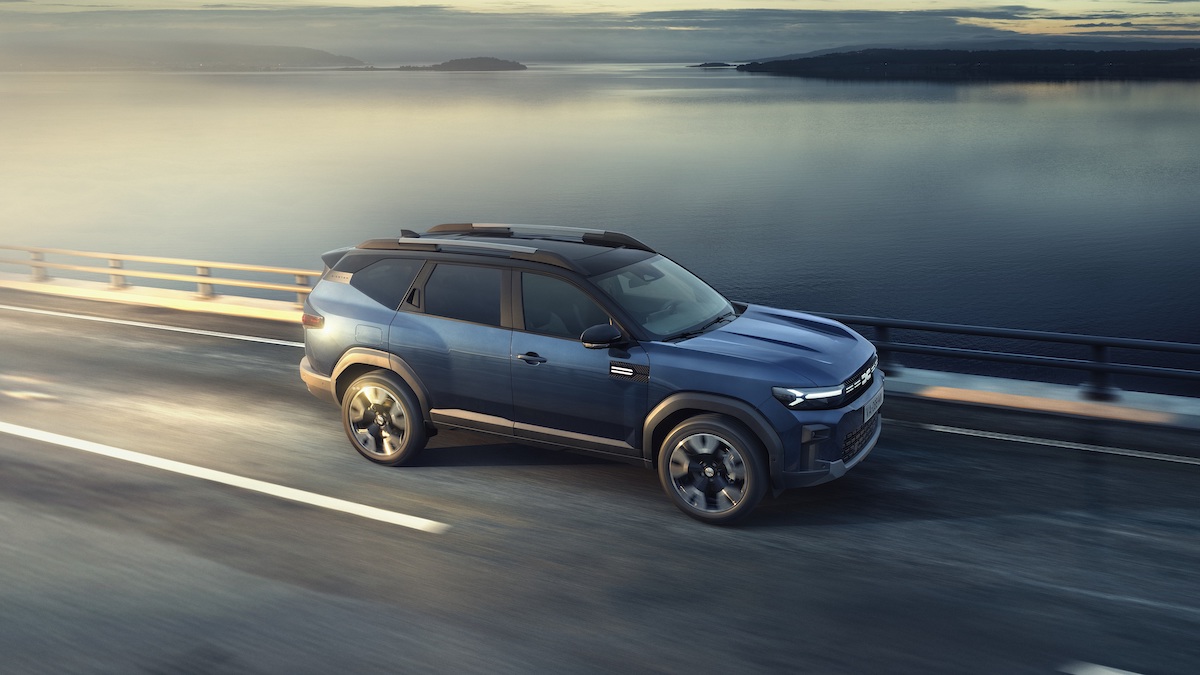
[…] faster installation process, ensure you are hiring an expert installer. Besides that, prepping your car by cleaning all its windows well before starting installation ensures lower installation times. Finally, stick with quality […]
[…] and Window Films to Improve Car Air-Conditioning […]
[…] there is any residue left, use a cleaning agent suitable for your car’s surface and follow its instructions […]
[…] type, they can last anything from a month up two weeks or more if used intermittently. Regularly cleaning your car can also assist in maintaining its longevity by reducing any build-up that may clog the flow of air […]
[…] only professional-grade automotive glass cleaners are used for cleaning car windows as household or office-grade cleaners may not be appropriate for this purpose due to their […]
[…] Clean your car routinely, both inside and out, maintaining its appearance and functionality. […]
[…] ensure that your car’s interior is as clean as it can get, you should never neglect the headliner. Vacuuming the headliner will help to […]
[…] bird droppings are noticed, they should be cleaned as soon as possible to prevent the uric acid in the droppings from etching the car’s finish. A responsible car owner should use the following […]
[…] cleaning and proper maintenance can extend the lifespan of the car […]
[…] Clean the surface of the car thoroughly before putting on the cover or tarp. […]
[…] the quality of your leather car seats requires more than routine cleaning. Here are steps to shield your seats from potential damage and extend their […]
[…] with soap: Use a high-quality automotive soap or similar cleaning solution to scrub all surfaces on your car’s exterior. Be sure to use microfiber cloths instead of abrasive tools or sponges, which may cause […]